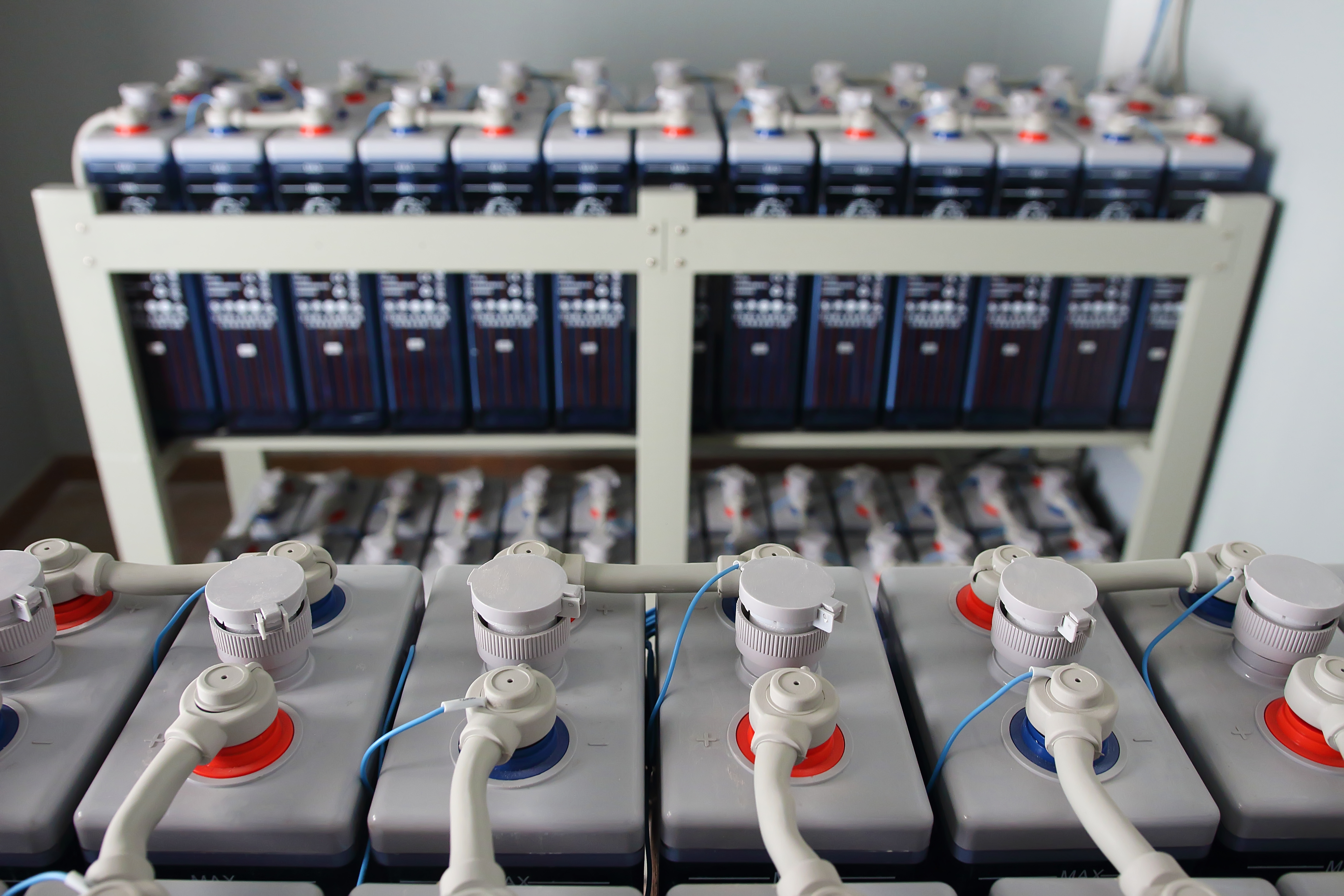How Hybrid Systems will transform proplusion
2022/03/29

Power solution batteries
By Børge Nogva, CEO Høglund and Berngt-Ove Berntsen, CEO of Haf Power Solutions
Published in Naval Architect in January 2022
As we look back on the industry's environmental milestones in 2021 - namely the co, emission targets set by the IMO, and the Cl I and EEXI decisions - it is dear that the pressure to decarbonise the global fleet will only increase. With 2030 climate targets on the horizon, the next decade will be decisive in radically reshaping the way in which shipping operates. Crucially, shipowners will have to transform the design and engineering of their vessels to reassess their energy needs, improve their sustainability credentials, and upgrade their assets to meet environmental regulations.
While the debate on how this can be achieved has mainly centered around future fuels and the ways next generation technology will support the optimisation of fuel use, the role of propulsion systems has - regrettably in our view - often been overlooked. However, hybrid propulsion systems (HPS) have the potential to be an instrumental ally for shipowners in their decarbonisation journey.
Hybrid power opens up a world of opportunities as it shifts away from traditional power systems and disrupts the classic, internal combustion engine (ICE) based technical paradigm for vessel power management by decoupling the electrical and power systems. Currently, fossil-fuels and oil are inextricably linked with the ICE, and this relationship has determined the evolution of shipping technology for over a hundred years. The adoption of HPS is one of the most significant changes that decarbonisation will have on ship technology.
Variable speed shaft generators
By decoupling propulsion from electrical systems, hybrid solutions can, for example, allow propellers and cargo discharge pumps to work at different speeds, while at the same time providing valuable back-up emergency power using variable speed shaft generators (VSSG). VSSGs
give crew more control over the power supplied to the propeller, with additional generators supplying power to the propeller at different speeds when necessary. The hybrid drive allows excess energy from the propeller shaft to be recovered and reused for additional power when needed, reducing overall power consumption.
VSSG systems enable smaller main engines to be installed and are boosted by running the main engine
and the shaft generator to power the propeller, ultimately increasing the power supplied in demanding operations like towing or icebreaking. VSSG also allow cargo discharge pumps to operate at different speeds, increasing the range of terminals they can discharge at and provide additional flexibility in loading and unloading locations. The overall effect of these innovations is that the vessel will be able to operate at greater efficiencies over a wider range of speeds and propeller pitches.
By connecting Energy Storage Systems (ESS) to the embedded DC-link of the VSSG, peak load or transient load conditions can be smoothed out, making operations more efficient and increasing safety due to optimised generator capacity on board. The spinning reserve mode of ESS, safely and seemlessly provides power, removing redundant running of backup generators in crucial manoeuvring conditions, reducing the amount of emissions emitted from vessels due to low loaded ICE. Additional battery capacity couid allow for vessels to enter and leave ports with zero NOx or CO, emissions emitted.
Pushing the battery boundaries
While considerable developments are required to make fossil fuels redundant, we are pushing the boundaries for what we can do with ESS based on battery technology combined with cold ironing. For example, HAF Power Solutions recently signed a contract with Norwegian Shipyard Br0drene AA to commission a fully electric passenger catamaran that is able to obtain a speed of 20knots, carrying 150 passengers, while operating 100% from batteries.
With this, hybrid systems unlock a range of new operational possibilities and efficiencies, which in turn increase the importance of automation. Automation is what gives crew control over these systems, another aspect that has historically been overlooked by the industry. As a consequence, many vessels' integrated automation systems are a mix of software and hardware from different suppliers and eras, preventing crew from solving issues, having optimised systems, or in some cases, using certain systems at all.
The range of future projects that will require hybrid system expertise is increasing, and we predict most vessels in the future will have some degree of hybrid or peak shaving capability. While these types of solutions will play a bigger role for short-sea vessels, bulk and container vessels will likely use ESS for manoeuvring or other operations where additional power is required.
